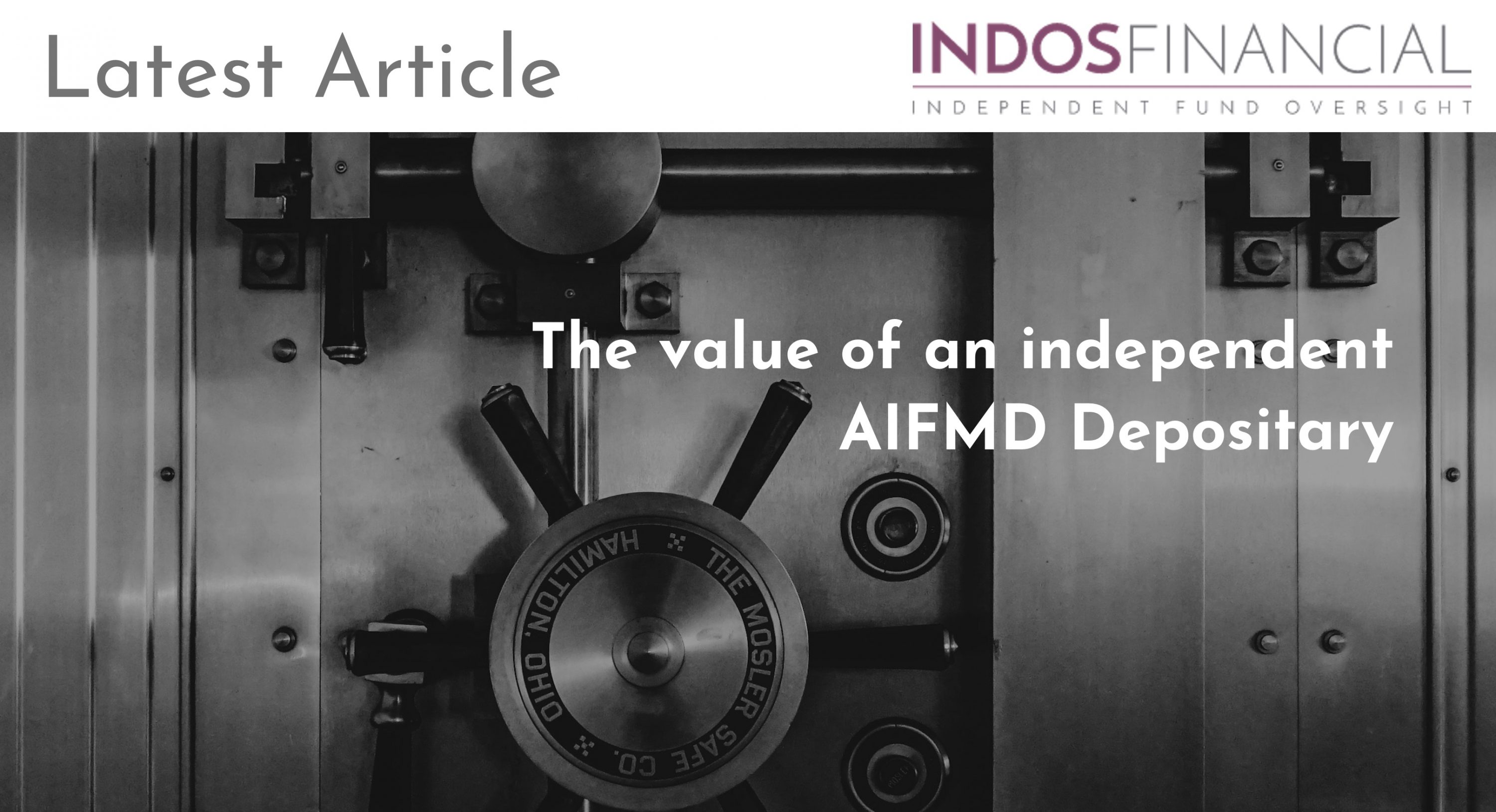The role of the depositary was introduced under the AIFMD in 2014 to address failings of the alternative fund management industry. AIFMD sought to help restore confidence among investors and regulators in the alternatives sector.
The depositary, alongside the fund auditor and directors, has subsequently become an important part of the governance structure that provides independent assurance to investors, boards, managers and regulators. The responsibilities of depositaries include daily cash-flow monitoring, asset ownership verification and oversight of fund valuations, shareholder dealing and compliance with fund offering terms.
The depositary’s oversight is on-going throughout the year and includes a review of every NAV and therefore arguably is more valuable to investors than a point in time audit where the results are not known generally at least 15 months after the start of the accounting period of the fund.
The outcome of the Brexit Referendum in 2016 initially created uncertainty about the future role of the depositary for UK managers. After Brexit, there have been calls in the industry for the UK government to replace AIFMD and other funds regulation with looser, less prescriptive rules. So far, this has not happened and AIFMD will continue to apply to UK managers following the UK’s departure from the EU at the end of 2020. This is not surprising since equivalence with the EU would be a basic condition for continued access to European investors. Given the depositary is viewed by the regulator as one of the cornerstones of good fund governance, it is also no surprise the depositary requirements will continue to apply, at least to UK based managers that are marketing to UK investors.
In recent years the role of the depositary has been under more regulatory scrutiny (for example two Luxembourg based depositaries have been fined by the local regulator, the CSSF, so far in 2020). This focus should improve standards and consistency across the industry. One area of focus would be to address conflicts of interest in the depositary industry. Frequently, depositaries affiliated to the fund administrator are appointed by managers as part of a bundled service offering, which can also extend to custody or prime brokerage. There are inherent conflicts in a model whereby one part of a business oversees and ‘marks the homework’ of another division within the same group.
Largely driven by regulatory requirements, depositary businesses are established as separate legal entities within the group. However, despite this legal separation there cannot be complete assurances that a depositary would self-report issues identified within its administrator or custody arm as this could result in financial or reputational harm at the broader group level.
A second area of focus surrounds consistency and quality of service to ensure all depositaries undertake the required duties to a high standard. Since AIFMD was introduced, a number of managers have reported a lack of engagement by their depositaries,, while others acknowledge rudimentary errors have been missed by providers. Such deficiencies have prompted managers to question the value being provided.
This inaction has led several large fund managers to switch from an affiliated depositary model to an independent provider. It is not just the managers who are growing frustrated, but institutional investors, consultants and fund directors also taking a more active role instigating these decisions. Managers have also expressed their dissatisfaction at seemingly reducing risk appetites from some depositaries making new fund launches more difficult.
Operational due diligence teams continue to recognise the benefits of a well implemented depositary model and are asking questions about how it functions. ‘Tick the box’ depositary models that add no value could contribute to a vetoed investment.
All managers should keep their service providers under regular review and depositary is no different. A properly functioning depositary that can and will challenge the process will enhance the governance of the fund, providing increased confidence to investors, fund directors, and regulators.




